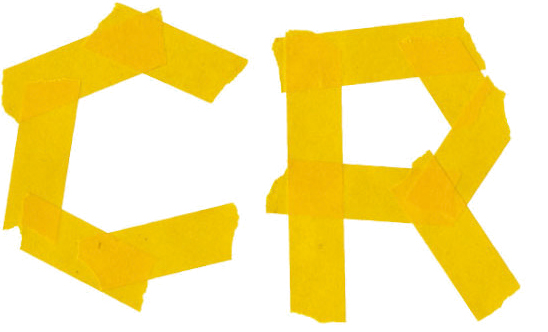This year too, on June 1st and 2nd, we organised an inspection tour of two days in Sanriku. We wanted to see with our own eyes how the situation was in the stricken areas two years after the disaster. This year, 40 people took part in the tour, students and teachers all together.
On the first day, we visited the “recovery shopping street” of Ishinomaki city, and the participants had lunch in the shopping street restaurants or at the cafeterias run by students. Then we headed to the district of Kadowaki, a coastal area of Ishinomaki, visited the Kadowaki primary school, and also “Don’t give up Ishinomaki / ARIGATOU House”, and we got a chance to ask Mr Ogata, in charge of the “ARIGATOU House” about his experience of the disaster. We will remember that he feels that there is a gap between the reality of the situation and what is broadcast, and also him saying, “Rather than next year or the year after, I want to know what tomorrow will be like.” Compared to last year, the mountains of debris had shrunk, the ruins of the buildings that were taken away by the tsunami were replaced by wide grass fields and empty lands, and the absence of people left us with a strong impression of sadness.
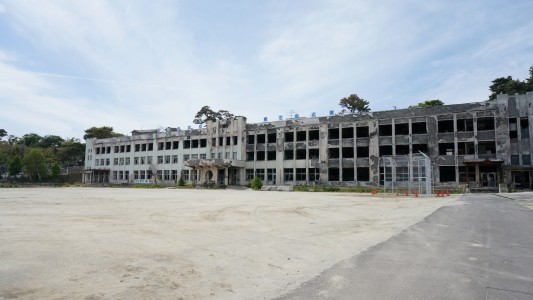
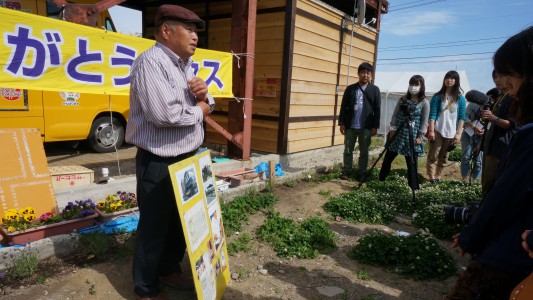
After we entered the Oshika Peninsula where we were to stay, we heard from the people that are carrying volunteer activities in the area, about the state of confusion just after the disaster, and the current problem of decrease of population, and how this issue is addressed.
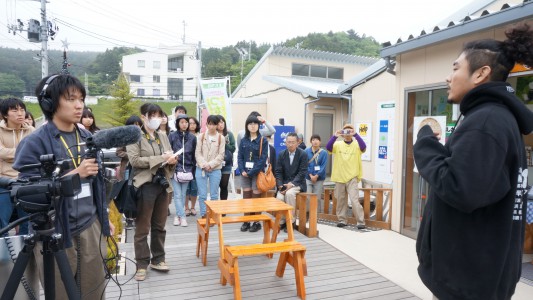
After dining at the hotel, each participant talked about his/her impression of the first day. Some said “Even though I’m here, I still couldn’t believe it was true. I felt how difficult it is to imagine. ” “I felt helplessness.”, “I was able to verify with my own eyes, and not through the media.” and expressed feelings of perplexion, and it was a very constructive time for everybody to be able to share opinions.
On the second day, we first visited Onagawacho, and saw the building that the tsunami had knocked down and left as a mere iron frame. We then went to the “recovery shopping street” of the Minami-Sanriku district, had a nice local lunch, and gathered again at the temporary housing of Prof. Ando.

Finally, we visited the production place of Ono-kun from Higashi-Matsushima, and the sight of the temporary housing inhabitants happily making the dolls freed us from the feeling of helplessness we had the first day, giving us hope that recovery can be reached if we started by whatever little things we can do.
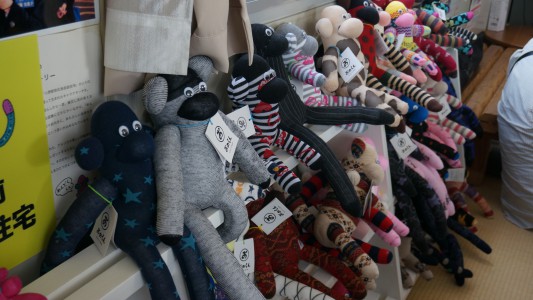
We would like to thank all the people that helped us with this trip to Sanriku and told us precious stories and useful advice. I hope that the way the participant students will share what they saw with their own eyes during this trip with the rest of the team, will help push further our activities.
(Hashimoto)
